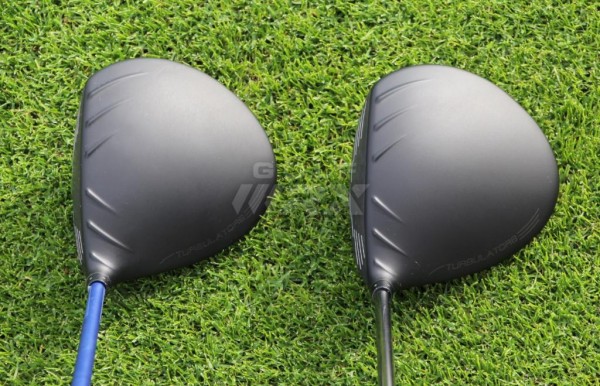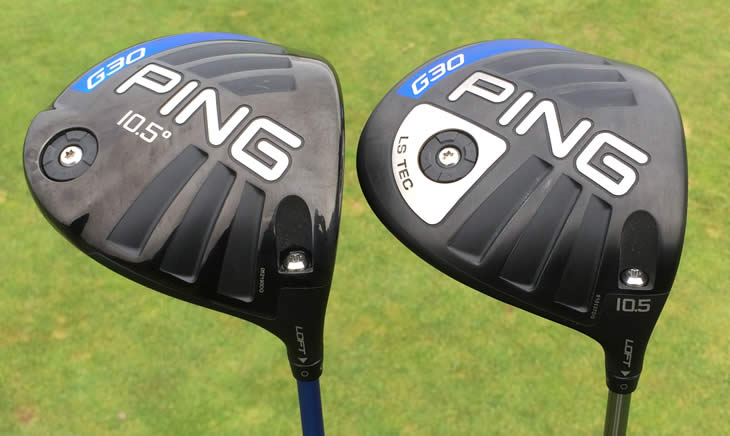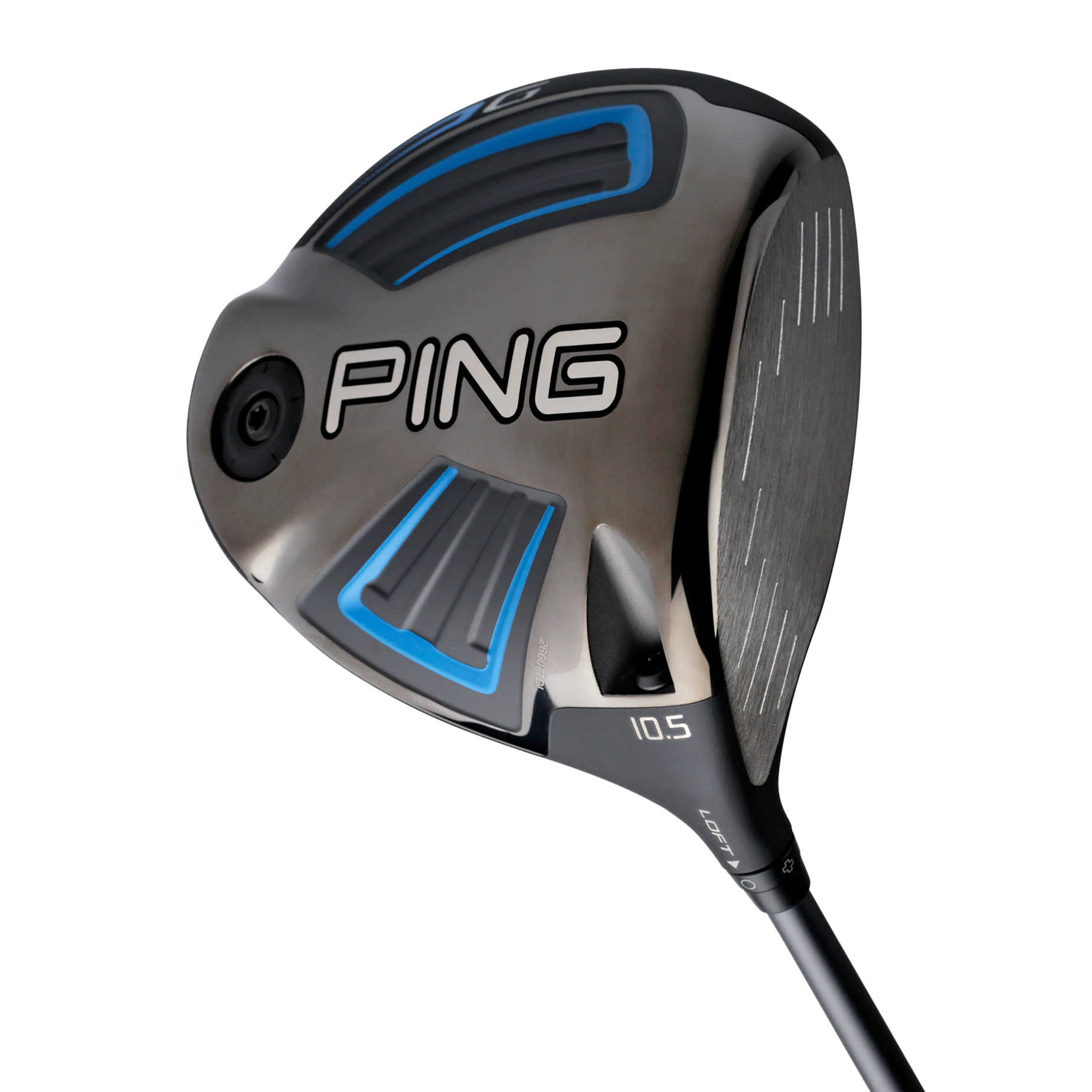Ping G30 Driver Review
|
Panfilo “Ping” Lacson
|
|
|---|---|
 |
|
|
Senator of the Philippines |
|
|
Assumed office June 30, 2016 |
|
|
In office June 30, 2001 – June 30, 2013 |
|
|
Chair of the Philippine Senate National Defense and Security Committee |
|
|
Assumed office July 23, 2019 |
|
|
Preceded by |
Gregorio Honasan |
|
Chair of the Philippine Senate Accounts Committee |
|
|
Assumed office July 24, 2019 |
|
|
Preceded by |
Gregorio Honasan |
| Presidential Assistant for Rehabilitation and Recovery | |
|
In office December 10, 2013 – February 10, 2015 |
|
| President |
Benigno Aquino III |
|
Chief of the Philippine National Police |
|
|
In office November 16, 1999 – February 16, 2001 |
|
| President |
Joseph Estrada |
|
Preceded by |
Edmundo L. Larroza |
|
Succeeded by |
Leandro Mendoza |
| Personal details | |
| Born |
Panfilo Morena Lacson
|
| Political party |
Partido Reporma (2021–present) [1] |
|
Other political affiliations |
LDP (2001–2004) Independent (2004–2021) United Opposition (2007–2010) |
| Spouse(s) | Alice de Perio |
| Children | 4 |
|
Alma mater |
Pamantasan ng Lungsod ng Maynila Lyceum of the Philippines University Philippine Military Academy |
| Net worth |
₱ 49 million [2] ( Dec. 31, 2019) |
| Signature |
 |
| Website |
pinglacson .net |
| Military service | |
| Allegiance |
Philippines |
| Branch/service |
Philippine Constabulary Philippine National Police |
|
Police career |
|
| Allegiance | Philippines |
| Department |
Philippine National Police |
| Rank |
Director General |
Review: Ping Driver G30
Share
Tweet
Updated: This review was originally published July 3, 2014.
Pros: More forgiving and lower spinning than Ping’s G25 driver. In our tests, the turbulators work and create an average speed of 1 mph higher clubhead.
Pros: Although the new adapter offers an extra 1° of adjustment, it is not compatible with Ping’s old adjustable tips. Really high-spin golfers still might not be able to get their spin to an optimal range with the G30.
Bottom line: Ping took G25 as the most indulgent golfer and made her more so. It was also able to decrease its spin which was the greatest knock on the G25. With its turbulators, the G30 also delivers a novel (and real) way to boost distance. Ping claims that the G30 runs 7 feet longer than the G25. We agree.

Performance
Ping says that Bubba Watson was able to go about 10 more yards on the G30 than the G25 driver. He can be seen demonstrating this in the below video. But most golfers aren’t Bubba Watson, so what did the G30 driver show in our internal testing?
Ping improved the G30 driver to make it as hateful as possible. Bubba had a better experience with the turbulators than he did. His PGA Tour-leading golfhead speed made the turbulators less efficient, creating more drag forces for golfers that swing faster. However, we noticed the difference and so will you.
One of our testers saw an increase in his clubhead speed by 1 mph with the G30 after he swung a G25 around 100 mph. Another, who swung a G25 driver at 114 mph, saw his swing speed increase by an average of 1.5 mph. It was equivalent to approximately 2 and 3.0 mph faster ball speeds, respectively.
Because the G30 doesn’t change much other than the appearance of the driver’s face, the turbulators can be used to improve your performance. You can improve your G30’s performance in other ways than turbulators.
Did you notice the 4g of weight Ping lost by using its new face material. They are said to position the driver lower and farther rearward than usual in the club head, making them more forgiving. But the difference wasn’t noticeable enough that it made it difficult to spot. Ping claims that the G30 launched at 150 rpm, which we saw on the Doppler radar launch track. Our high speed test (116 mph swing speed) showed that the G30 was even slower spinning.
Ping’s G30 LS Tec driver offers a lower-spinning trajectory than the G30.
Ping claimed that the G30 was 7 yards longer than its G25 counterpart. Between the increased speed due to the turbulators as well the launch at lower speeds, the G30 gained 7 yards. Ping’s older drivers may see greater yardage gains.

Review of Ping’S G400 & G400 Lst drivers
The first time that I was hit by Ping’s G30 driver, I can still recall it. The date was July 2014 and I was visiting Ping’s headquarters in Phoenix. The era was dominated by super-low spin drivers. With their forward center of gravity, they were helping golfers optimize their launch conditions beyond their wildest dreams: crazy high launch, ridiculously low spin. Many people in the industry had these drivers. They spent many launch monitor sessions trying out different ways to maximize distance and get higher knuckleballs. Unfortunately, forward-CG drivers were by their nature very unforgiving. Bad shots are short and often crooked.
Marty Jertson, Ping Director of Product Development, shared with me his vision on the perfect driver in an office at PingHQ. His vision of the perfect driver was not based on the low-forward center gravity (CG). He said that the CG of his driver was as far back as it could be, and that this would give him the best of both worlds, namely optimal launch conditions for good shots as well as maximum forgiveness for bad shots.
It was not an easy task to create the ideal driver. But Jertson was delighted with Ping’s G30. He was proud of his vision and the driver saw it as a testament to that. Because of its rear-CG design, it provided great distance for both good and bad shots. Additionally, the driver was extremely straight. G30s sold extremely well, and as a result the majority of forward-CG drivers were replaced.
Ping just released a counterintuitive driver release after it has been almost three years since G30 was first introduced. It reduced the dimensions of the new G400 drivers, in an environment where large-sized drivers are becoming the norm. Granted, it’s only 15 cubic centimeters smaller, but it’s noticeable at address. The G400s are a cut above the Ping G-drivers they replace, which replaced the G30.
Even though their frames are smaller, the G400 drivers were actually more forgiving that the G drivers, who were even more forgiving then the G30. Ping reps believe smaller is more in this case of the G400. Ping drivers’ rearward CG is the lowest of all Ping drivers. Golfers will be able to play them faster because they are smaller. Other big changes include a thinner, more flexible face material of T9S+ titan that helps golfers increase their ball speed.
This review will compare the G400 LST and G400 LST. I brought them along to Launch Pad Carl’s Golfland, Bloomfield Hills, Mich. I hit five shots with each driver on Trackman IV, and to ensure as much of an apples-to-apples comparison as possible, I tested each driver head with the same shaft. Every driver’s head was set to the exact same loft or close.
Notice: All G, G LST, G400 drivers that I tried were at 10.5 degrees, with the heads adjusted to 9.5. G400 LST was lofted at 10 degrees. It was then adjusted to 9.4 degrees.

Take a look at this
TG Rating 4.8 Out of 5
Owner Rating 5 out of 5
Ping’s G100 series gets a brand new design, and the G-series delivers on its promises. This ball flight offers a stable and powerful feeling of impact.
Smaller heads may appeal to more skilled players.
RRP PS299.00> > More equipment reviews at The Ultimate Golf Gear Guide >>
Ping G30 drivers feature so-called turbulators’ at the top. They draw inspiration from bike helmets as well as plane wings. They’re designed to enhance club’s aerodynamics by reducing drag. This will allow clubhead speeds to go further.
Ping said wind tunnel testing had shown that there was a significant reduction in drag across a wide range of swing speeds. 1mph is equal to 2-3 yards more carrying for an average golfer. Turbulators are also helpful in alignment by drawing your eye into the backside of the ball. Ping’s G series has been around for more than a decade now, and this new G30 family is the most advanced yet. Club golfers have always sought maximum distance and forgiveness from their drivers, fairways, and hybrids. This is still true, however it’s safe to say that this driver doesn’t look like the G drivers before him.

Review: Ping G30 Driver
“>Ping G30 Driver Review
PING’s newest driver features radical new technology aimed to get you swinging faster and bombing it down the fairway.
You can share it with your golfing buddies.
In the past few years PING drivers gained more recognition. Bubba Watson is a PING driver and part of this could be because he’s one of the most experienced players on the PGA Tour. PING offers a variety of driver options, all aimed at different groups of golfers, just like many other companies. While there have been options such as the Anser driver or the short lived K series, most of PING’s products are either part of the “i” series or “G” series. The “i” series has typically been viewed as the line for the better player, while the “G” series is more for the weekend warrior. Although this may still be true for some, there are more people who see better players, such as Bubba Watson with the “G” series driver.
PING offers their most unique product to-date with the G30 drivers. Although PING is a more traditional business, their clubs often have new technology. They were among the first to offer adjustable hosels to their drivers. There are many other options that allow you to adjust your settings. This club doesn’t have any sliding or movable weights to allow for fine tuning the center of gravity. What you will find, and what’s not on any other driver currently available, are “Turbulators.” Read on to find out exactly what Turbulators are, how they work, and whether they lead to a driver that’s worth putting into your bag.
This review was done using the standard G30 Driver (and not SFTech, LSTech). It was delivered with a standard head of 10.5 degrees and a stiff shaft PING 419D. For the first time, I had never played a PING driver. PING, the largest equipment manufacturer in this country, still manufactures their own shafts for their clubs. So far, I have heard nothing but great things about the shafts from PING and was eager to get it in my pack. Also included was the PING standard grip. It is very similar to the Tour Velvet. Even though it has a good grip, it was not my preferred style. I switched to PURE Wrap because I found the club’s look very disappointing. My initial reaction to the club’s release was negative, even though I will admit it. Was that the crown’s bumps? It’s going look awful! I went to see the club, and realized that my assumptions were wrong. The Turbulators’ bumps aren’t distracting, in fact they serve to align the club. The Turbulators are an upgrade, in that they don’t distract from the club’s alignment aid (which was “half-moon”) which was quite ugly.
Everything about the club was good from the beginning. I had used a Taylor before. Made RBZ Driver, although I won’t claim to be a fan the white crown. However, I do like the matte finish that it offers and the absence of glare. This is one area where I think PING has hit a home run, as the crown remains dark in color (almost a charcoal grey) but has a matte finish. The face of the club retains the dark look, using the PVD finish that has become popular over the last handful of years and the sole is a glossy black with blue accents.
As I already mentioned, the Turbulators of the club are used to assist with alignment. I prefer drivers not to use any alignment aid. This is very near my preference. This club is a massive 460cc. It doesn’t hide its size well. If you tend to like the smaller looking clubs, this might be one area where the G30 might give you some pause.

Ping Sf-Tec G30 Driver Review
Since the beginning, PING’s G-Series drivers are a symbol of how forgiven and fun it can be to drive. Both drivers are attempting to continue those qualities with the G30 SF-Tec, as well as to step out of their comfort zone using Turbulators as well as the SF-Tec.
Click on any picture to enlarge. PING has sent the 10-degree G30 SFTec driver paired in with the stock TFC419D shaft arrangement at the stock playing distance.
Details from PING for the G30 SFTec Driver
It is made for the player who shoots often end up in front of their target. Lighter swing weights and more weight at the heels improve the shot bend that helps the ball return to the fairway. Crown turbulators provide more speed in the clubhead and better ball velocity, allowing for longer drives. T9S Face material is optimized for face deflection, resulting in higher ball speeds as well as greater range. Launch conditions can be fine-tuned using five settings and 2 full degrees of loft adjustability.
Technology Performance and Failure:
Matte/Finish
Its new matte black finish is what you first notice about the G30. You can avoid glare and make the heads smaller than in the G-series. Given how long and angular the head looks from back to face, it is very appealing with the matte finish. It’s good to see PING continue using it as they have the best matte finish out there in this reviewer’s opinion.
.Ping G30 Driver Review